Global Ship & Boat Building Market - Comprehensive Data-Driven Market Analysis & Strategic Outlook
The global ship & boat building market will remain a key portion of the global industrial scene, well beyond its traditional perimeter. Once viewed as an industry concentrated on building boats and ships for commerce and transportation, its destiny will be determined in the coming era through technology, green issues, and an increase in demand for tailored maritime services. The sector will shift towards configurations that combine performance with eco-friendliness, compelling contractors to try out lighter materials, power-saving systems, and electronic integration that improves safety and navigation.
- Global ship & boat building market valued at approximately USD 203.1 Billion in 2025, growing at a CAGR of around 11.0% through 2032, with potential to exceed USD 421.8 Billion.
- Vessel account for nearly 40.6% market revenues, driving innovation and expanding applications through intense research.
- Key trends driving growth: Rising global seaborne trade volume fueling demand for new commercial vessels., Growing naval modernization programs across countries boosting shipbuilding activities.
- Opportunities include Increasing demand for eco-friendly and autonomous vessels creating innovation opportunities.
- Key insight: The market is set to grow exponentially in value over the next decade, highlighting significant growth opportunities.
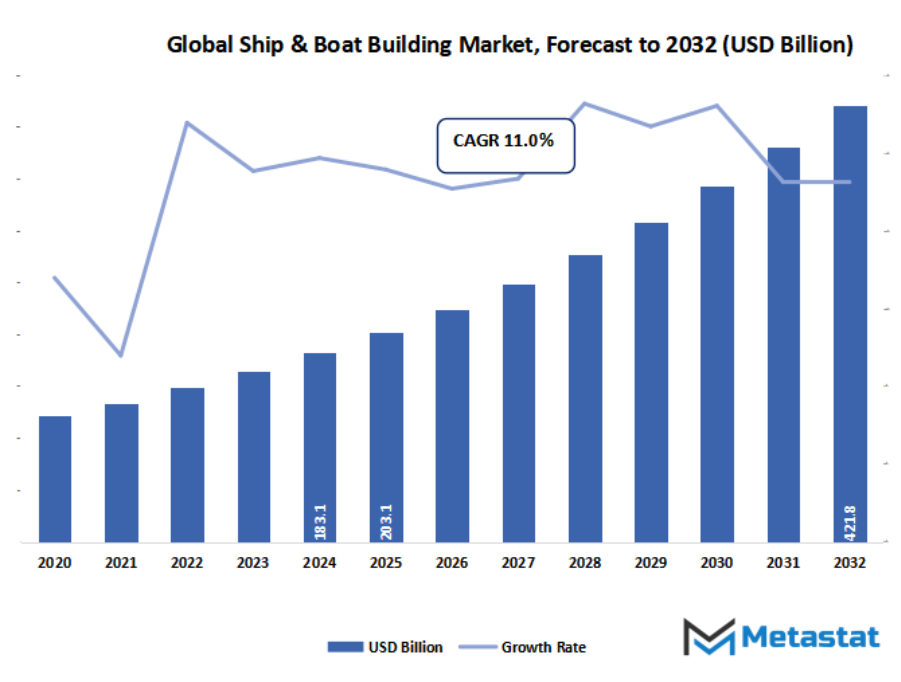
Will the market be able to balance sustainability with technological innovation as environmental rules tighten worldwide? How will automation, smart deliver designs, and opportunity fuels reshape conventional shipbuilding practices and redefine the enterprise’s future? Can rising economies disrupt the dominance of set up shipbuilding nations through fee performance and speedy technological adoption?
With increased trade globally and marine tourism becoming increasingly powerful, the global ship & boat building market will discover new prospects beyond mere construction. The sector will be characterized by how effectively it incorporates new technologies like automation, artificial intelligence, and monitoring of data into ship construction and upkeep. These changes will not only increase operational effectiveness but will also revolutionize vessel design, management, and scrapping. The future will see more hybrid propulsion systems and environmentally friendly manufacturing to make environmentally friendly living a norm and not an option.
Market Segmentation Analysis
The global ship & boat building market is mainly classified based on Type, End User.
By Type is further segmented into:
- Vessel The global ship & boat building market will experience a rise in demand for new generation vessels with global trade growing. The future vessels will be built with increased fuel efficiency and automation to fulfill environmental requirements and operational accuracy. The development will focus on lightweight materials and hybrid propulsion systems for improved performance.
- Container The market will see an expansion in the construction of containers with the consistent increase in e-commerce and international logistics. Future ships carrying containers will incorporate smart tracking systems and enhanced cargo optimization systems. The phase will cognizance on protection, sustainability, and speed to boom global transport capacities.
- Passenger The market will shift towards new, progressive passenger ship designs focused on comfort, safety, and eco-friendly era. Cruise and ferry corporations would require energy-efficient structures and higher onboard reports. New shipbuilding could be geared toward emissions discount whilst supplying costly, technology-orientated tour options.
- Other Types The global ship & boat building market will also consist of specialist boats like fishing boats, rescue boats, and research boats. These will feature upgraded navigation equipment, weatherproofing, and longevity. Innovation will make this segment function with vessels fitting niche industry standards with better adaptability and performance.
By End User the market is divided into:
- Transport Companies The global ship & boat building market will cater to transportation companies in need of sustainable and economical solutions for international logistics. Shipbuilding in the future will focus on automation, minimized fuel usage, and cargo handling optimization. Digital systems integration will maximize fleet control and operational transparency on international routes.
- Military The market will sell superior army shipbuilding with recognition on protection, stealth, and electricity. Defense businesses will focus on technologically advanced vessels with cutting-edge radar, surveillance, and guns systems. Military fleets of the destiny may have strength, velocity, and efficiency in guarding sea borders.
- Other End Users The global ship & boat building market will serve other end consumers like private owners, tourism operators, and research organizations. All these sectors will look for customized designs that provide performance, comfort, and sustainability. Shipbuilding in the future will comply with varied needs, combining innovation with functional excellence.
|
Forecast Period |
2025-2032 |
|
Market Size in 2025 |
$203.1 Billion |
|
Market Size by 2032 |
$421.8 Billion |
|
Growth Rate from 2025 to 2032 |
11.0% |
|
Base Year |
2024 |
|
Regions Covered |
North America, Europe, Asia-Pacific, South America, Middle East & Africa |
Geographic Dynamics
Based on geography, the global ship & boat building market is divided into North America, Europe, Asia-Pacific, South America, and Middle East & Africa. North America is further divided in the U.S., Canada, and Mexico, whereas Europe consists of the UK, Germany, France, Italy, and Rest of Europe. Asia-Pacific is segmented into India, China, Japan, South Korea, and Rest of Asia-Pacific. The South America region includes Brazil, Argentina, and the Rest of South America, while the Middle East & Africa is categorized into GCC Countries, Egypt, South Africa, and Rest of Middle East & Africa.
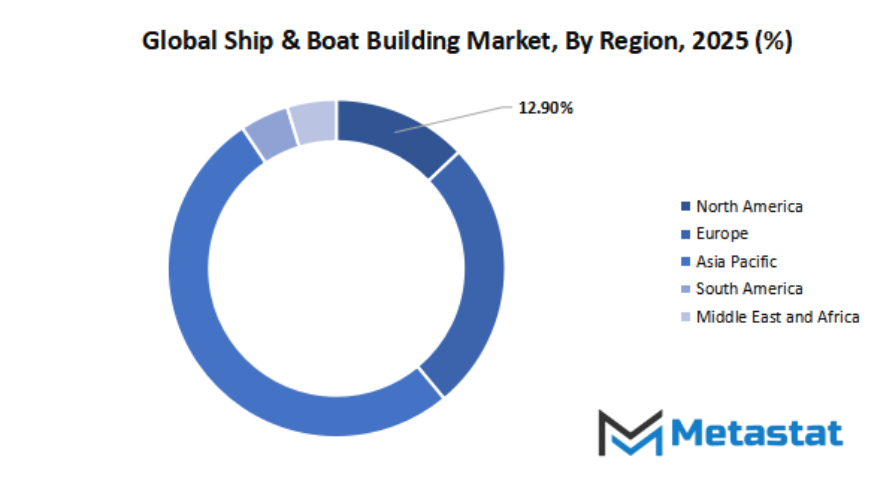
Competitive Landscape & Strategic Insights
The global ship & boat building market is a competitive and evolving zone ruled through a mixture of nicely-set up leaders and new regional members. The enterprise is responsible for important roles in global trade, protection, tourism, and offshore sectors, and makes a massive contribution to monetary improvement throughout a number of one of a kind areas. While international alternate and transportation wishes keep developing, boat and ship makers are concentrating on growing boats and ships which are safer, more green, and environmentally pleasant. Increased recognition on cleaner fuels, automation, and complicated design technologies will keep reshaping the way ships and boats are manufactured within the coming years.
The industry's strength is in its range of producers, each contributing its very own specific expertise and innovation. Leading gamers like Hyundai Heavy Industries Co., Ltd., Samsung Heavy Industries Co., Ltd., and Mitsubishi Heavy Industries Ltd. Have always been at the leading edge with era management and scale of manufacturing. On the opposite hand, European players like Fincantieri S.P.A., Meyer Werft GmbH & Co. KG, and Chantiers de l'Atlantique are renowned for their craftsmanship and dominance in cruise and naval ship constructing. These companies have hooked up their reputations via precision engineering as well as environmental-pleasant practices, so that they not simplest fulfill overall performance expectancies but additionally environmental requirements.
Bested by means of these international leviathans, neighbourhood players also are making a presence felt by enjoyable niche markets and home wishes. Players like Austal Limited and Damen Shipyards Group are identified for handing over customized vessels together with ferries, patrol vessels, and offshore guide vessels. New Asian players along with Yangzijiang Shipbuilding Ltd. And Oshima Shipbuilding Co., Ltd. Are expanding speedy, buoyed by elevated government investment and technological upgrades. They have the capability to alter to new requirements fast, thereby becoming big gamers within the market towards traditional leaders.
Another huge motive force of boom in this sector is innovation. Utilization of automation, computerized tracking systems, and AI-primarily based layout software program is revolutionizing the way ships and boats are designed and maintained. Wartsila Corporation and General Dynamics NASSCO, as an example, are converging smart technologies to decorate energy efficiency, navigation, and safety capabilities. Private producers are also taking part with government organizations to create defense and marine infrastructure improvements. These collaborations will keep to form the enterprise’s course, assisting it stay relevant in a destiny in which sustainability and innovation are similarly important.
Overall, the global ship & boat building market will remain an essential contributor to international commerce and protection. With excessive opposition among essential players like BAE Systems %, Naval Group, Kawasaki Heavy Industries, and United Shipbuilding Corporation, the arena will grow in addition with an emphasis on great, technology, and sustainability.
Market Risks & Opportunities
Restraints & Challenges:
- Longer challenge timelines and massive initial capital investment limiting new gamers. The global ship & boat building market will remain requiring high financial investment in infrastructure, technology, and human capital. The production manner will involve lengthy timelines, sometimes years or months, making it hard for smaller corporations to sign up for. This will restrict access, preserving production with experienced players who've deep wallet.
- Volatility in raw material charges and lack of exertions affecting production performance. The global ship & boat building market can be plagued with uncertainty as charges of metal, aluminum, and composites range. Unpredictable supply chains and unreliable availability of hard work will delay manufacturing timetables. Shortages of skilled labour will placed in addition pressure on productiveness, forcing corporations to depend an increasing number of on automation and distant places outsourcing to sustain ranges of output.
Opportunities:
- Growing want for green and self sufficient ships supplying opportunities for innovation. The global ship & boat building market will enjoy exceptional growth spurred with the aid of green developments and technological innovation. Growing situation for the surroundings will compel manufacturers to create gas-efficient ships the use of renewable energy sources. Moreover, the implementation of independent navigation systems will remodel future deliver designs, drawing funding in sensible maritime era and clean engineering answers.
Forecast & Future Outlook
- Short-Term (1–2 Years): Recovery from COVID-19 disruptions with renewed testing demand as healthcare providers emphasize metabolic risk monitoring.
- Mid-Term (3–5 Years): Greater automation and multiplex assay adoption improve throughput and cost efficiency, increasing clinical adoption.
- Long-Term (6–10 Years): Potential integration into routine metabolic screening programs globally, supported by replacement of conventional tests with advanced biomarker panels.
Market size is forecast to rise from USD 203.1 Billion in 2025 to over USD 421.8 Billion by 2032. Ship & Boat Building will maintain dominance but face growing competition from emerging formats.
Apart from its economic value, this market will have an impact on defense, research, and luxury industries with a wide range of applications that keep reshaping maritime innovation. Joint efforts among countries and industries will form a worldwide network in which shipbuilding is no longer confined to the expertise of one region. The global ship & boat building market will finally extend its horizons with an embracing vision of a future led by technology, sustainability, and cooperation witnessing the dawn of a new day when the world on the water gets smarter, cleaner, and more connected than ever.
Report Coverage
This research report categorizes the global ship & boat building market based on various segments and regions, forecasts revenue growth, and analyzes trends in each submarket. The report analyses the key growth drivers, opportunities, and challenges influencing the global ship & boat building market. Recent market developments and competitive strategies such as expansion, type launch, development, partnership, merger, and acquisition have been included to draw the competitive landscape in the market. The report strategically identifies and profiles the key market players and analyses their core competencies in each sub-segment of the global ship & boat building market.
Ship & Boat Building Market Key Segments:
By Type
- Vessel
- Container
- Passenger
- Other Types
By End User
- Transport Companies
- Military
- Other End Users
Key Global Ship & Boat Building Industry Players
- Austal Limited
- BAE Systems plc
- Chantiers de l’Atlantique
- China State Shipbuilding Corporation
- Daewoo Shipbuilding & Marine Engineering Co., Ltd.
- Damen Shipyards Group
- Fincantieri S.p.A.
- General Dynamics NASSCO
- Hanjin Heavy Industries and Construction Co.
- Harland and Wolff
- Huntington Ingalls Industries, Inc.
- Hyundai Heavy Industries Co., Ltd.
- Imabari Shipbuilding Co., Ltd.
- Kawasaki Heavy Industries, Ltd.
- Keppel Offshore & Marine Ltd.
- Meyer Werft GmbH & Co. KG
- Mitsubishi Heavy Industries Ltd
- Naval Group
- Oshima Shipbuilding Co., Ltd.
- Samsung Heavy Industries Co., Ltd.
- Sanlorenzo S.p.A.
- STX Offshore & Shipbuilding Co., Ltd.
- Sumitomo Heavy Industries
- United Shipbuilding Corporation
- VARD Group AS
- Wartsila Corporation
- Yangzijiang Shipbuilding Ltd
WHAT REPORT PROVIDES
- Full in-depth analysis of the parent Industry
- Important changes in market and its dynamics
- Segmentation details of the market
- Former, on-going, and projected market analysis in terms of volume and value
- Assessment of niche industry developments
- Market share analysis
- Key strategies of major players
- Emerging segments and regional growth potential




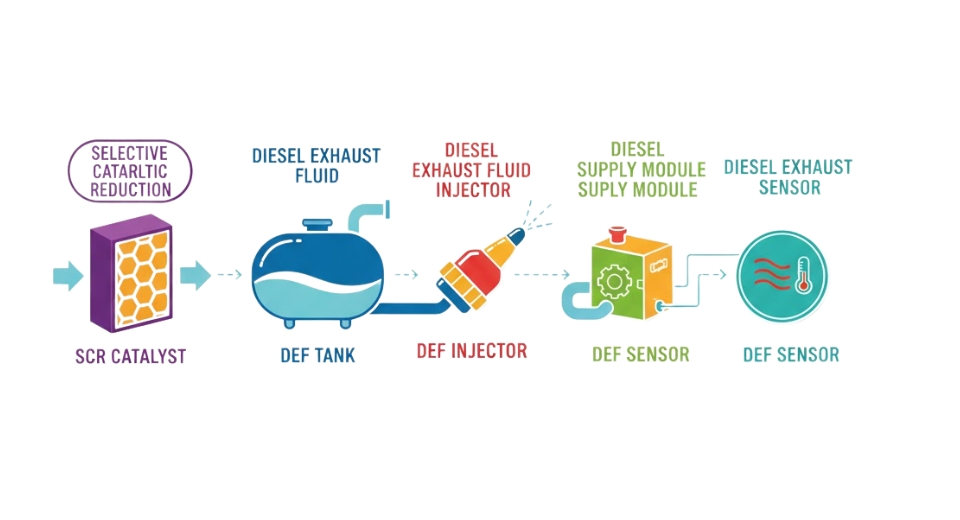
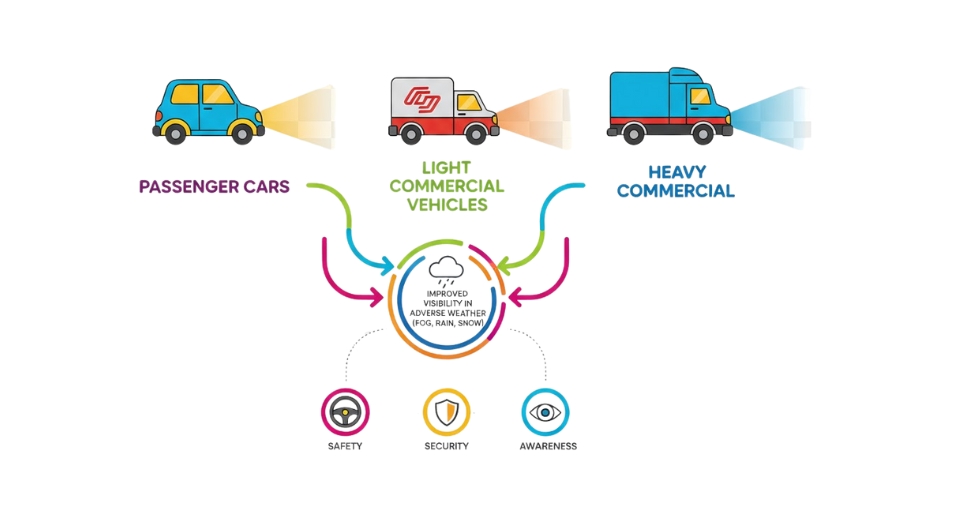
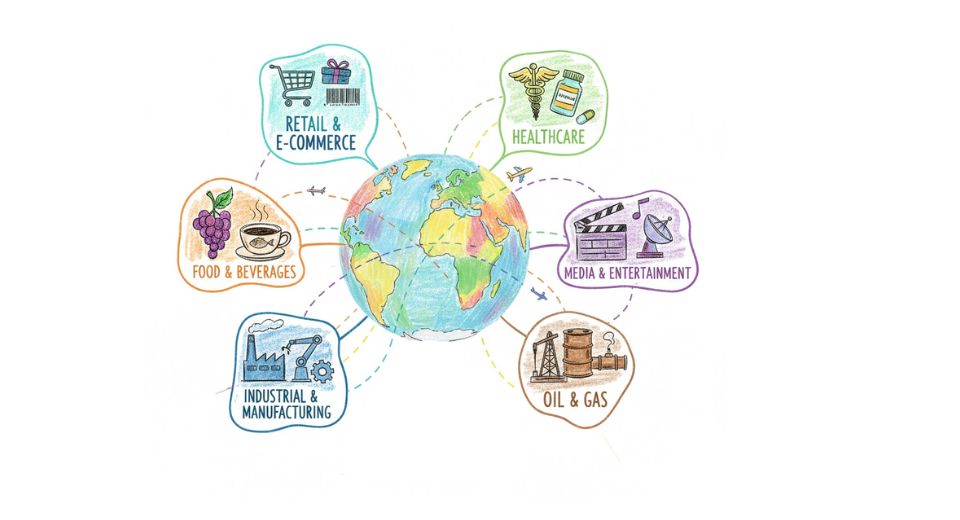

 US: +1 3023308252
US: +1 3023308252






